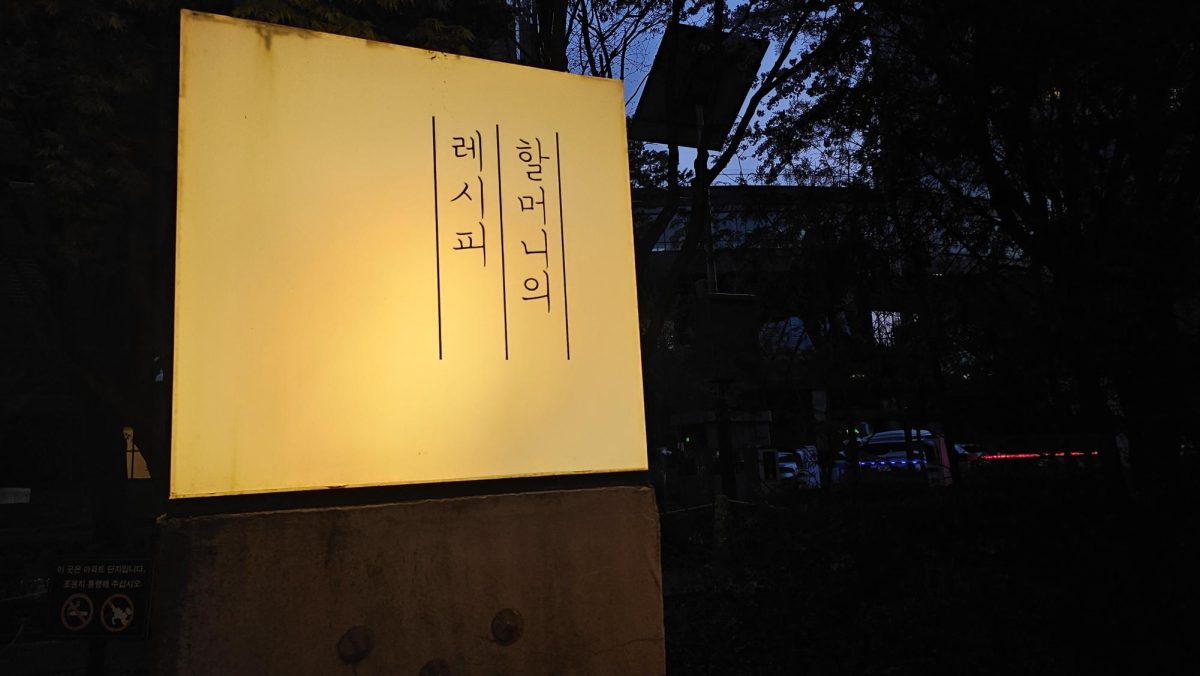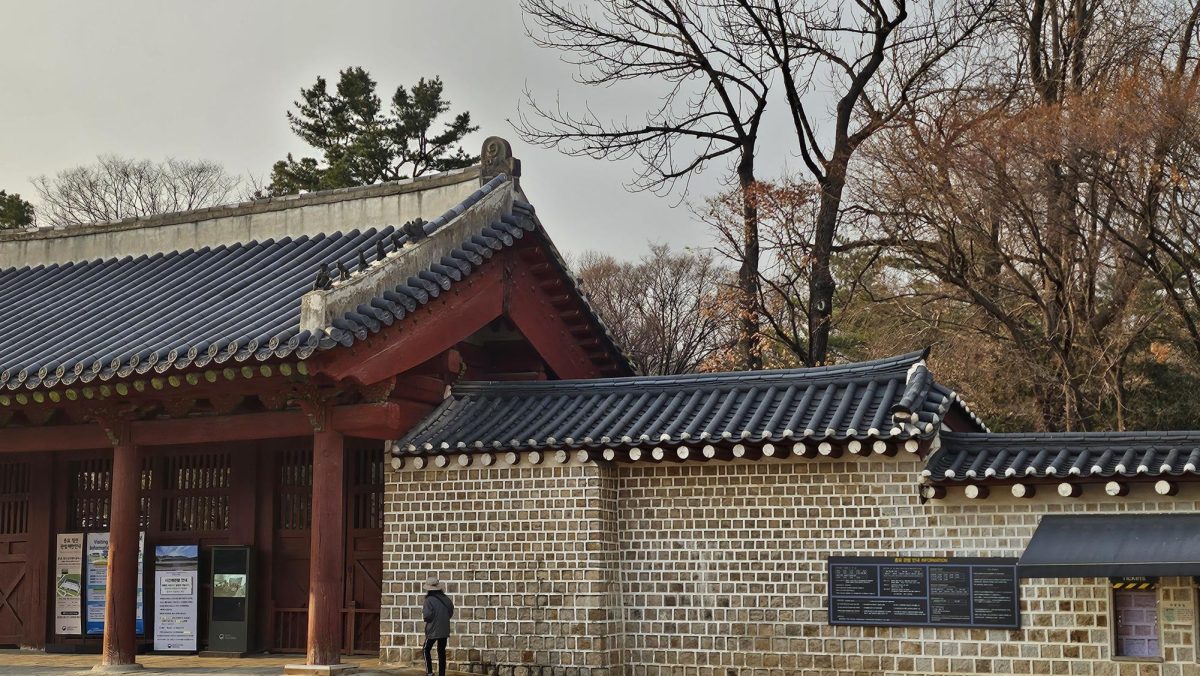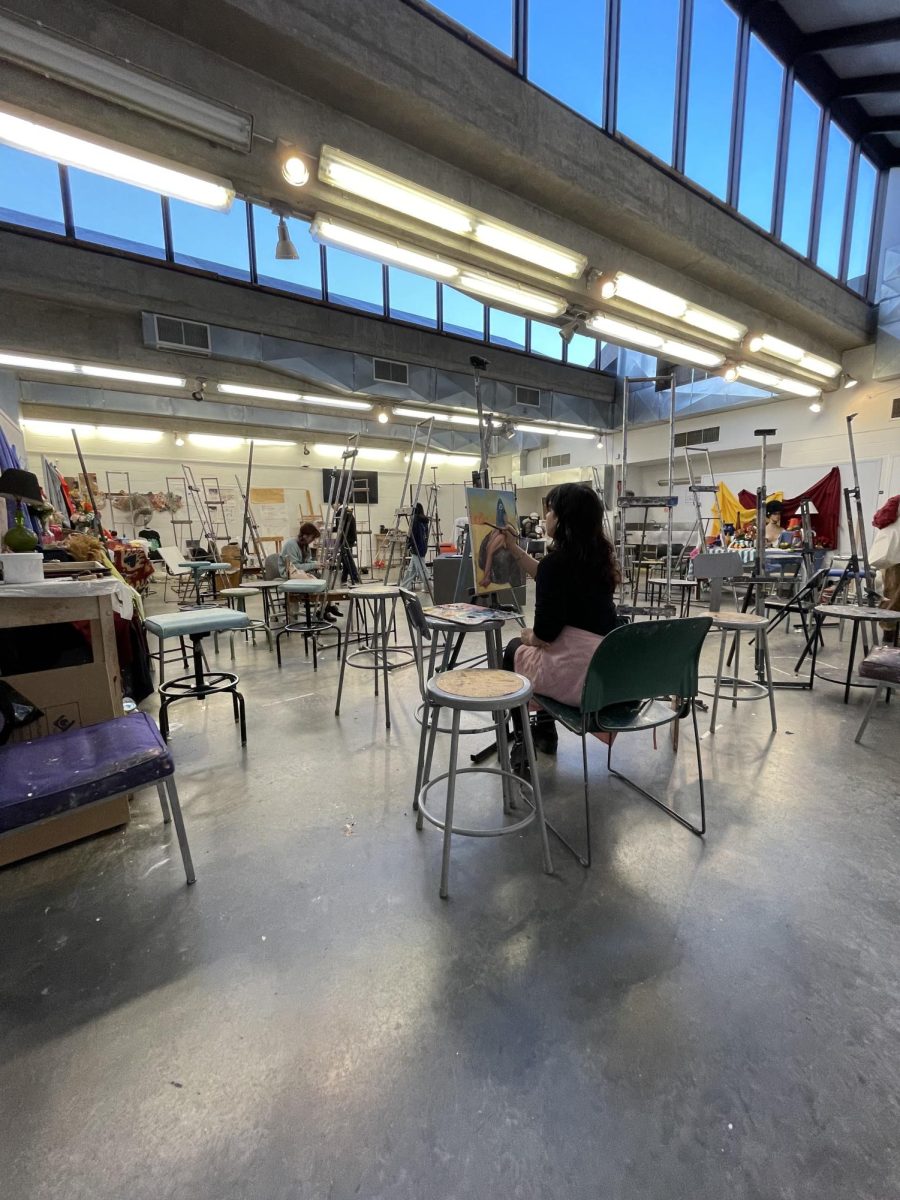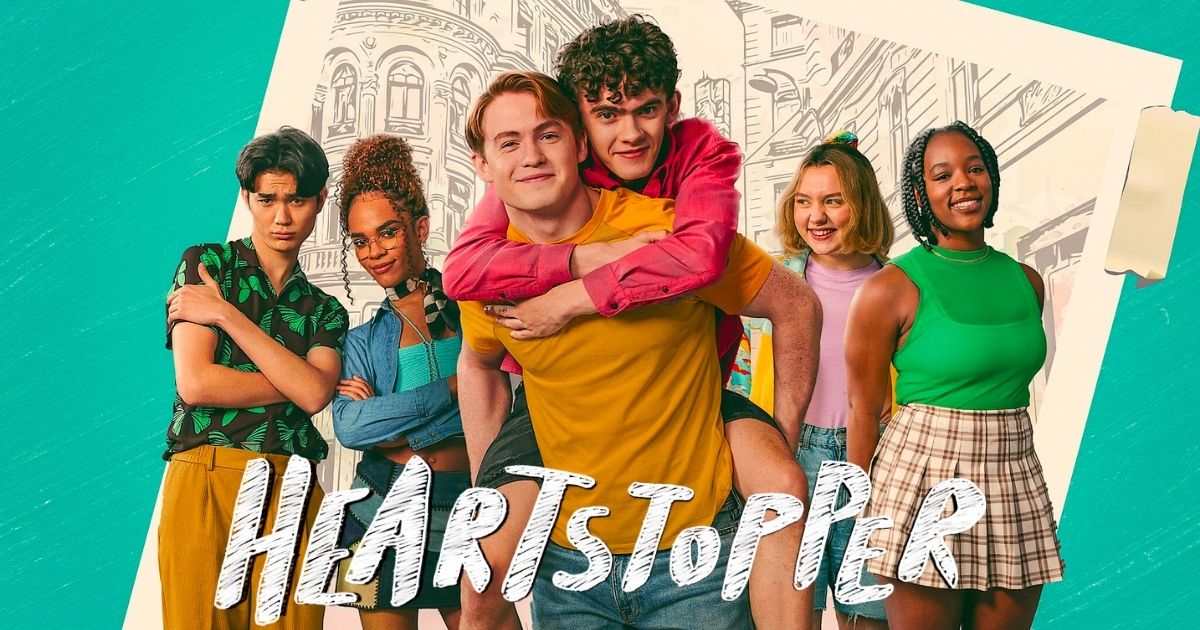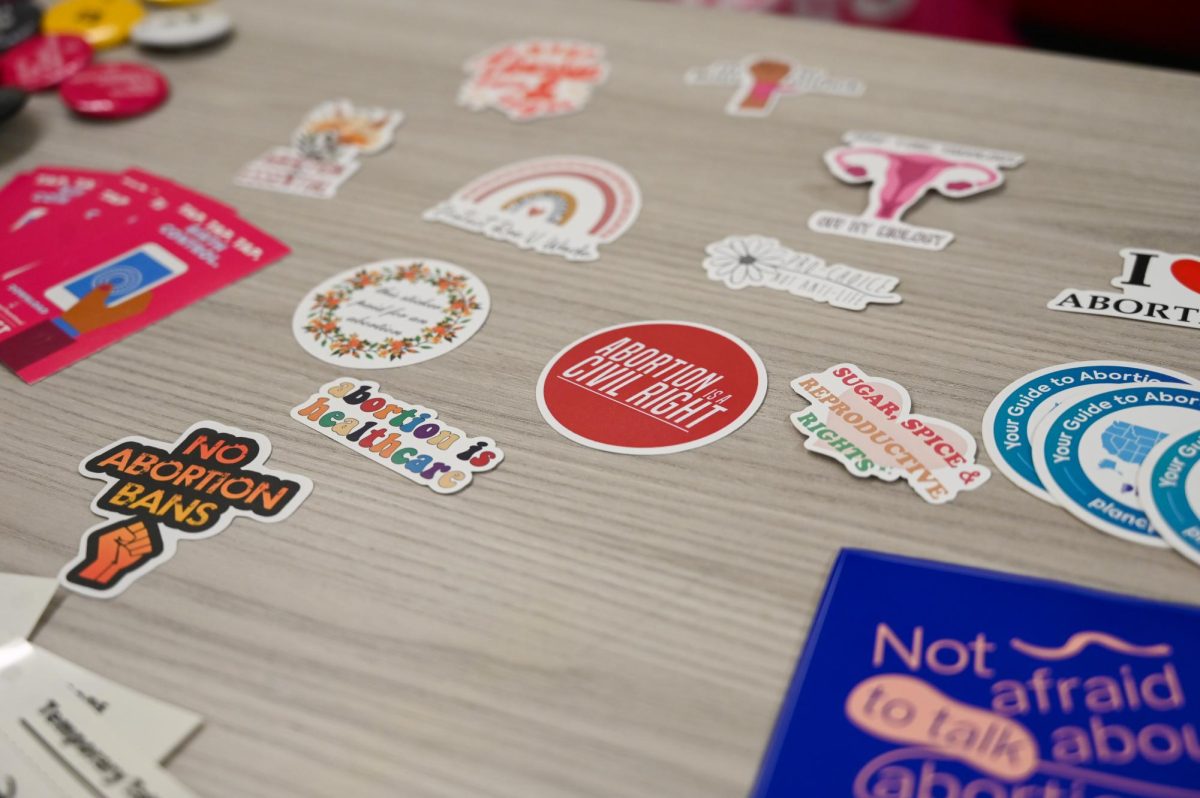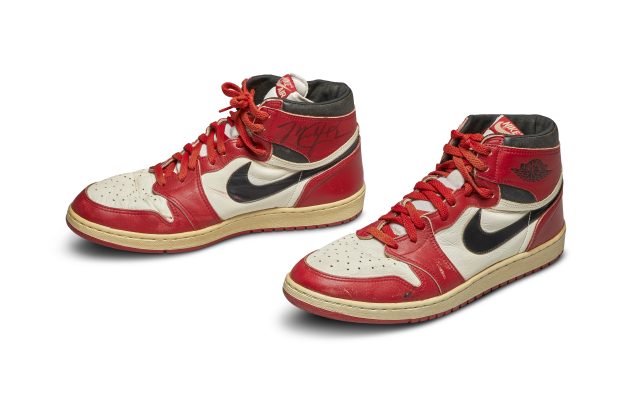
The release of the Nike Air Jordan 1 sneakers in 1985 gave everyone a chance to “be like Mike.” Today, some might consider the prices of the various styles of Air Jordans, popularized by National Basketball Association (NBA) superstar Michael Jordan, to be excessive. High demand, high prices and the oligopoly held by sneaker resellers make it almost impossible for sneaker lovers to enjoy the fashion that had been more accessible.
Air Jordans, along with several other popular sneaker collections, have become a staple in hip-hop culture. Like most assets of Black culture that have been appropriated and labeled as trends in American pop culture, sneakers have become “gentrified.”
An article in “34th Street Magazine” by Rema Bhat explains that gentrification in fashion “occurs when original trends started by primarily Black, low-income people are co-opted into mainstream fashion—but without the credit and praise.”
Africana studies and sociology double major Sydney Bush is an avid sneaker enthusiast. When asked about the gentrification of sneaker culture, she said that “Sneaker culture and gentrification in fashion has always occurred, but I think it’s just way worse now.”
When Air Jordans were first released almost 40 years ago, one pair cost $65. Now, if customers are lucky enough to find the shoes in a Nike store before they are sold out, a pair of Jordan I’s might cost $135. Those who resort to buying the sneakers online from resellers, or apps like StockX or GOAT, should expect to pay more than $200.
This exponential rise in prices over the years has become common practice for sneakers from all brands, as demand has increased.
“It’s good for sneaker companies because they have more people who are buying into their shoes, but it’s bad for the community that was originally interested in originally funding them. Because now, they’re raising the prices because the demand is going up so they can profit more,” Bush said.
While wearing sneakers is not necessarily unique to Black Americans or exclusive to the hip-hop community, the origins of sneaker culture should be acknowledged and attributed to Black culture.
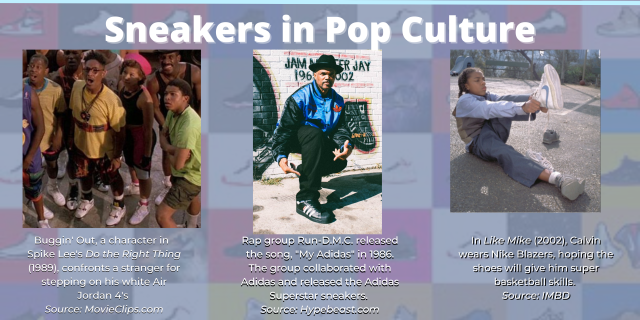
In 1985, Air Jordans were worn only by Michael Jordan on the basketball court, despite the NBA’s strict uniform policy. Jordan was fined $5,000 for each game that the sneakers were worn, but as Nike backed him, he continued to wear them throughout his rookie season on the league’s Chicago Bulls team. The shoes with the iconic Nike Swoosh became a symbol of rebellion and defying the odds.
“Athletes and rappers specifically, kind of coined this sort of culture,” Bush said. “[Black people] copying these kinds of sneakers gave us the proximity to that limelight…to feeling like we’re being fashionable in the same way that they are. And I feel as though now, it’s not that. It’s always been a commodity, but it’s lost the culture behind it.”
Like Bush, many sneaker enthusiasts — colloquially known as “sneakerheads” — recognize Jordan’s impact on fashion in the Black community, and consider him to be a role model on and off the court.
“[Jordan] pushed that sort of fashion forward and then set forth a whole bunch of new age basketball players to kind of show out and act like [him] on the court,” Bush said. “That’s the culture piece behind it. That’s us adding our own flair to it.”
Once inspired by personal connections and a desire to be like legendary basketball players and hip-hop artists with rags-to-riches stories, sneaker culture has become unrecognizable. Some sneakerheads with genuine passion and affinity for those that trailblazed the community can barely afford to take part; the high prices and hassle of acquiring an elusive pair of sneakers have made the culture inaccessible.
Whether someone owns one pair of sneakers or 100, it is important that we acknowledge the reality of gentrification in fashion, and attribute the success of the 86 billion dollar sneaker industry to the influence of Black culture.
As the Jumpman himself once said, “It’s not about the shoes … It’s about not forgetting where you started.”











